About Seymour Rosenthal and His Works
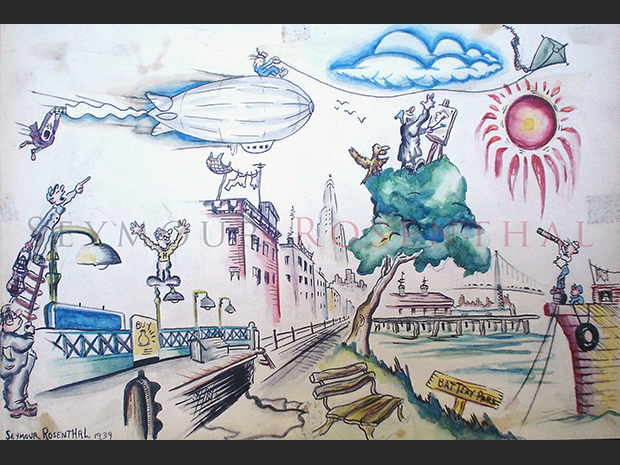
1939
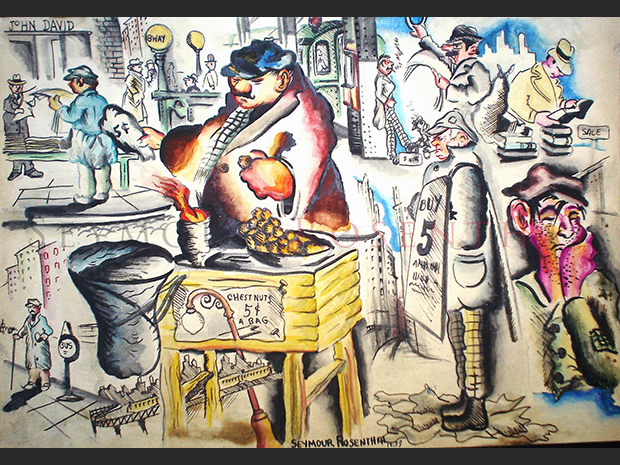
1939
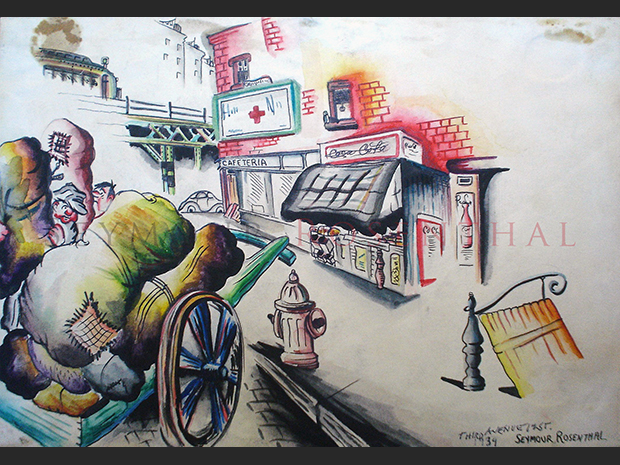
1939
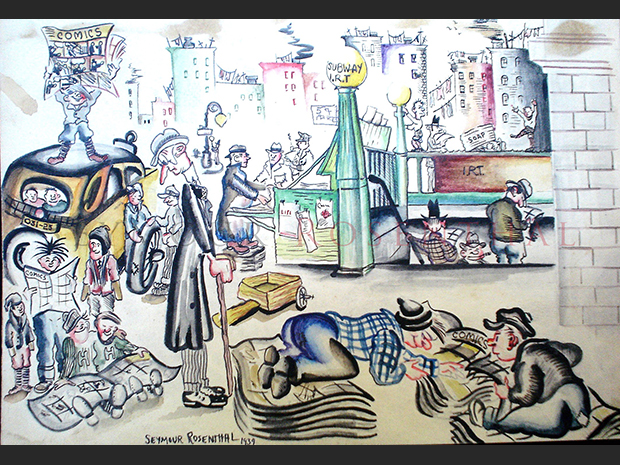
1939
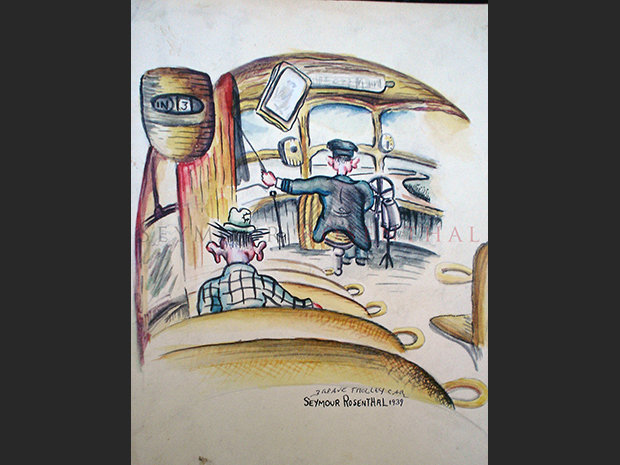
1939

1939
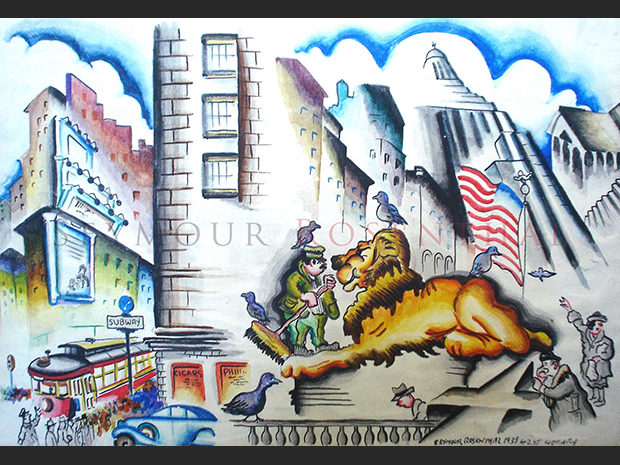
1939
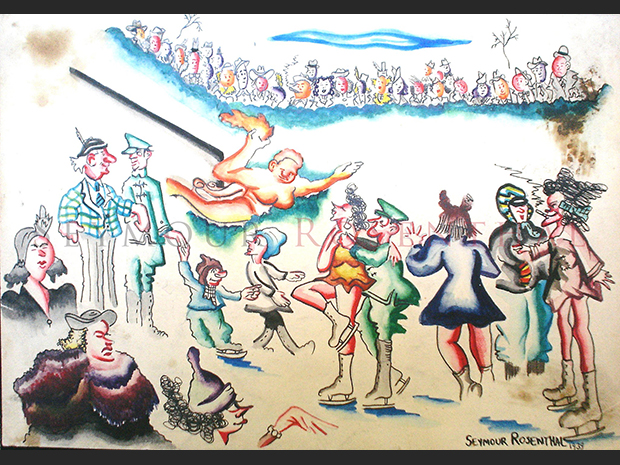
1939
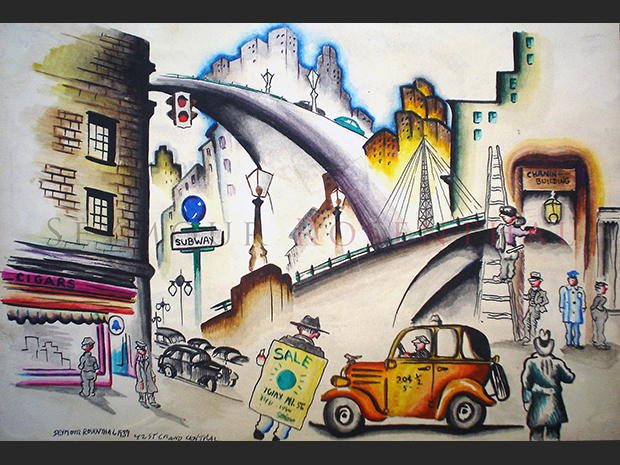
1939
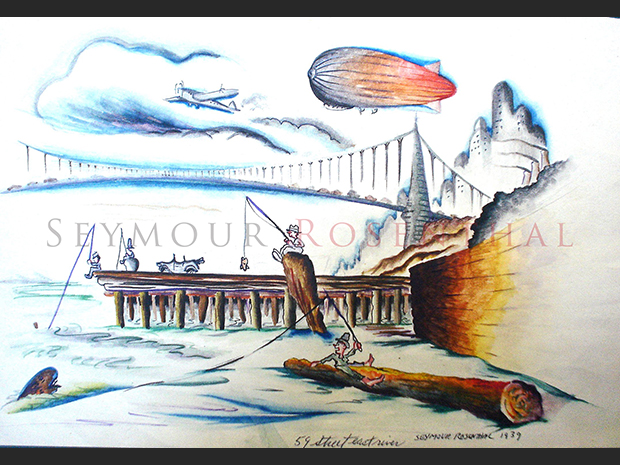
1939
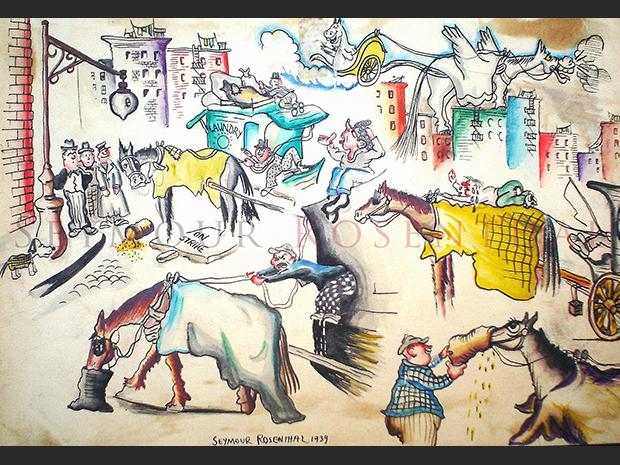
1939
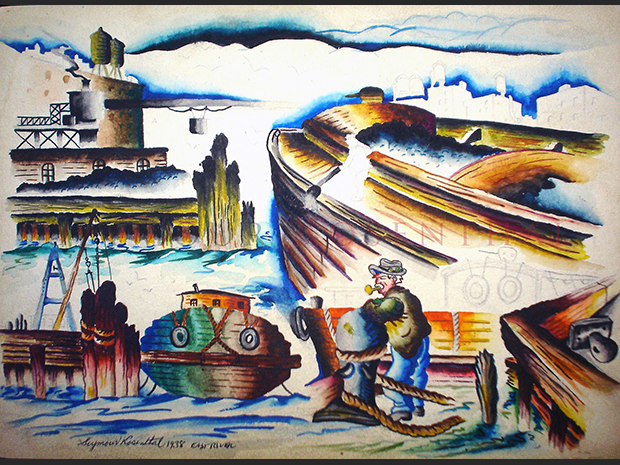
1939
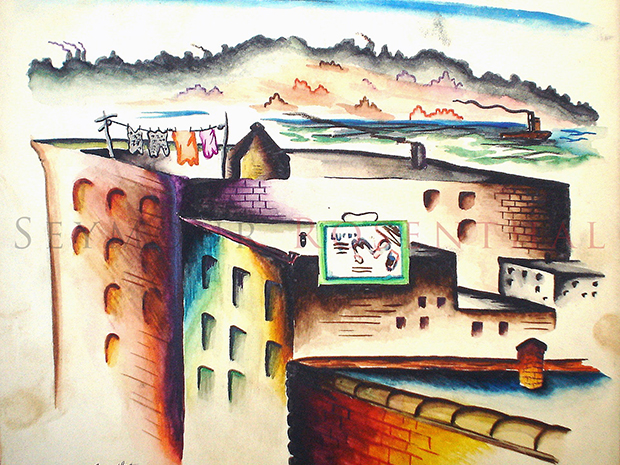
1939
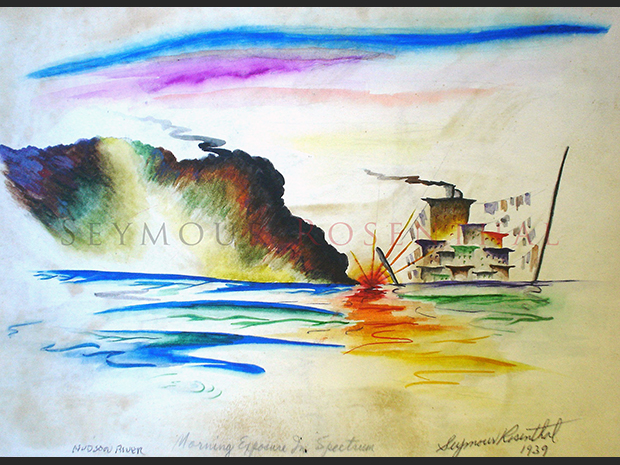
1939
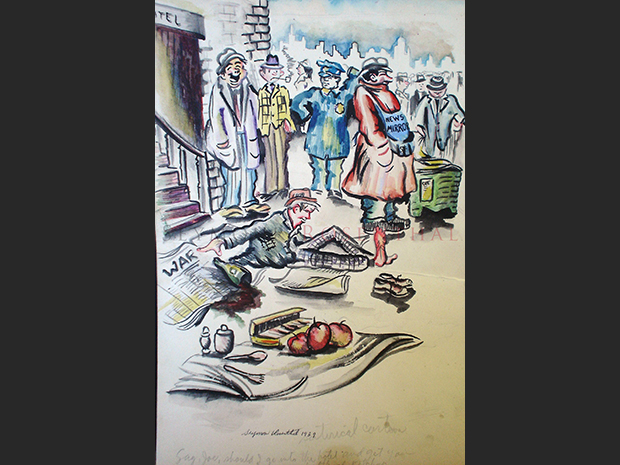
1939
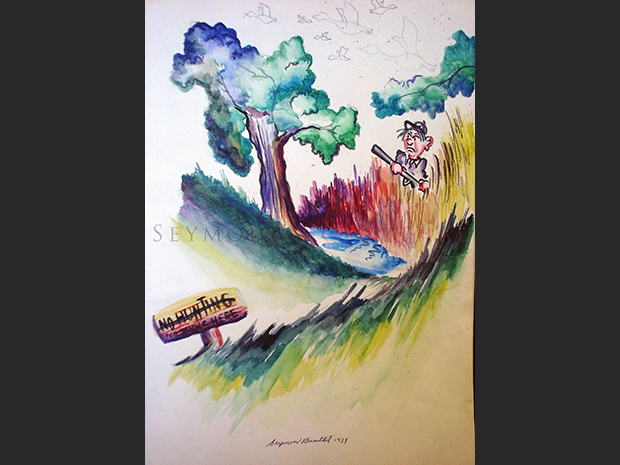
1939
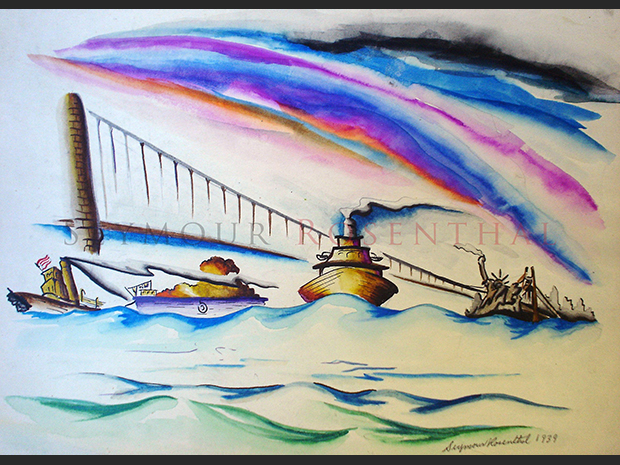
1939

1939
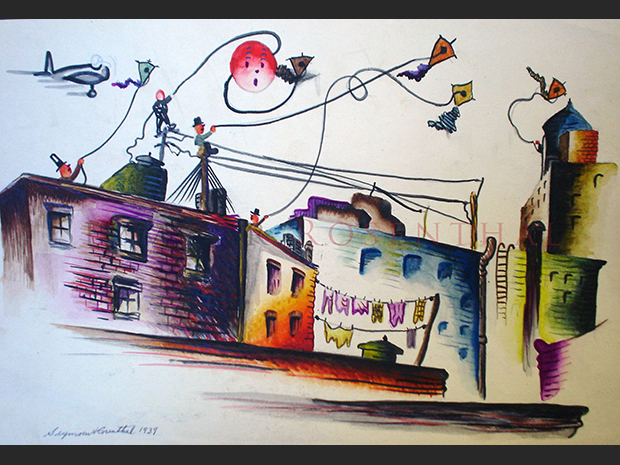
1939
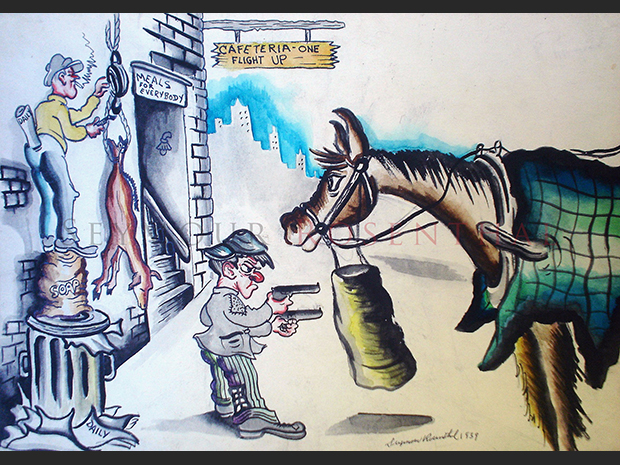
1939
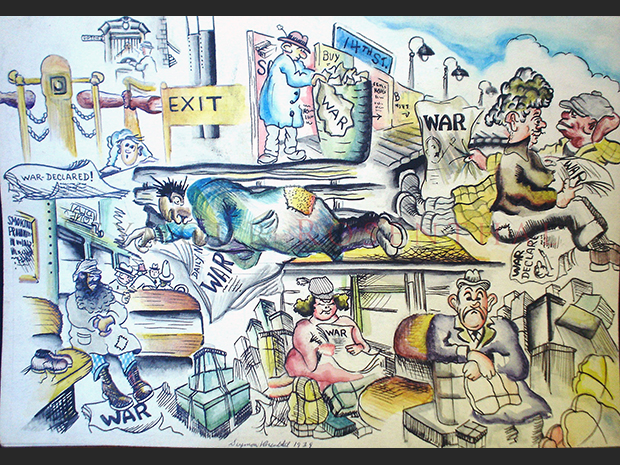
1939

1939
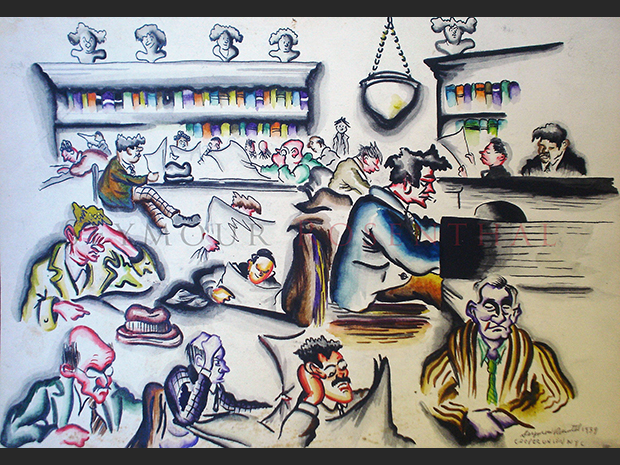
1939
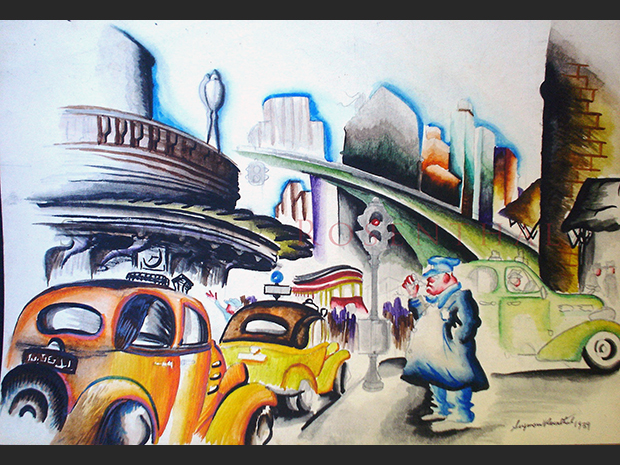
1939
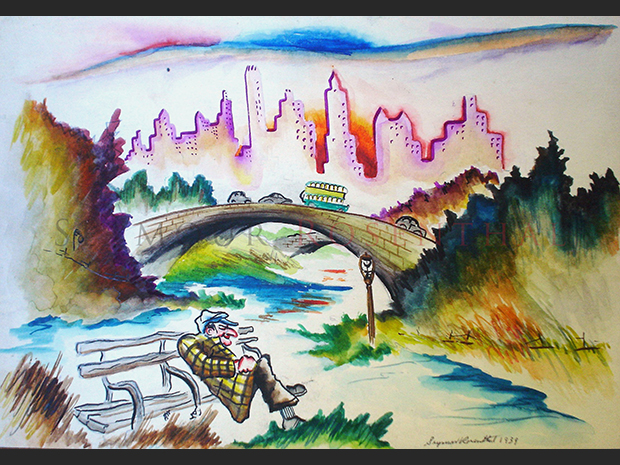
1939
Born in the Bronx on August 14th, 1921 and raised on the Lower East Side of Manhattan in New York City, Joseph Seymour Rosenthal learned to interpret the world through his art at a very young age. Self taught and motivated by the events of an ever changing world around him, he was drawn to capture what he witnessed. Growing up as a child of the Great Depression, Seymour was moved by the hardships of everyday people seeking out ways to survive in New York City in the 1930’s. Through his various sketches and water color drawings, one can instantly be transported back to a time and place of a city on the brink of great strife, and of also great resurgence.
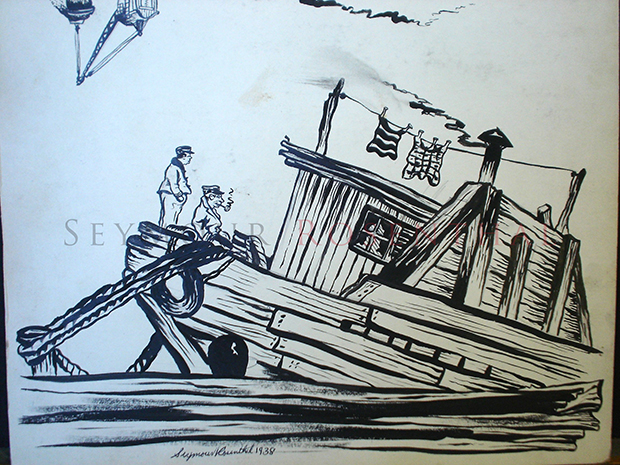
1938
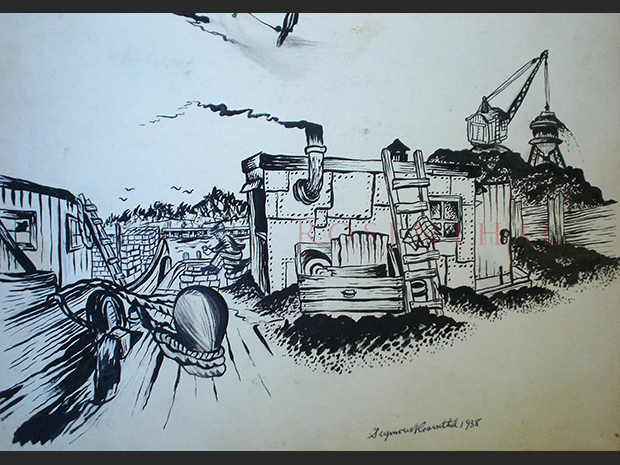
1938
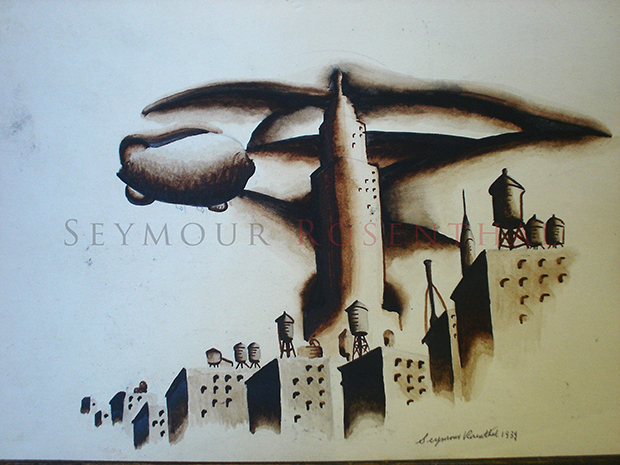
1939
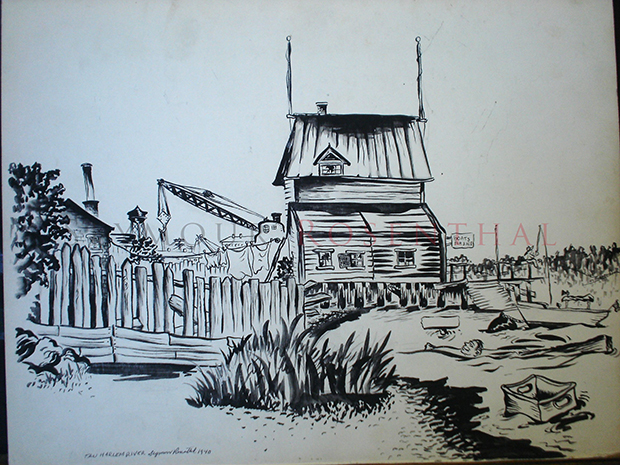
1940
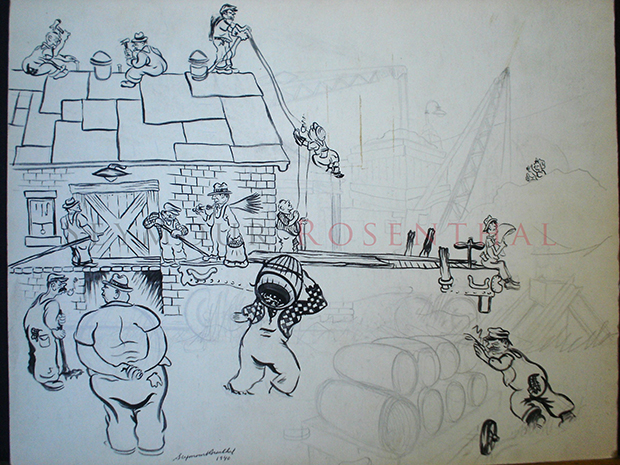
1940
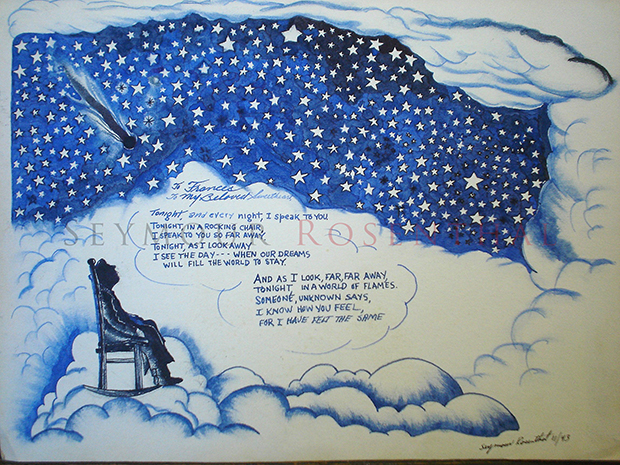
Nov/1943
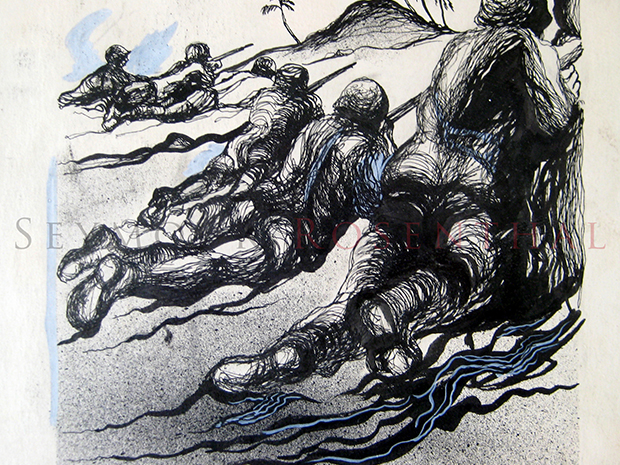
1945 - 8 x 10

1945 - 10 1/2 x 15
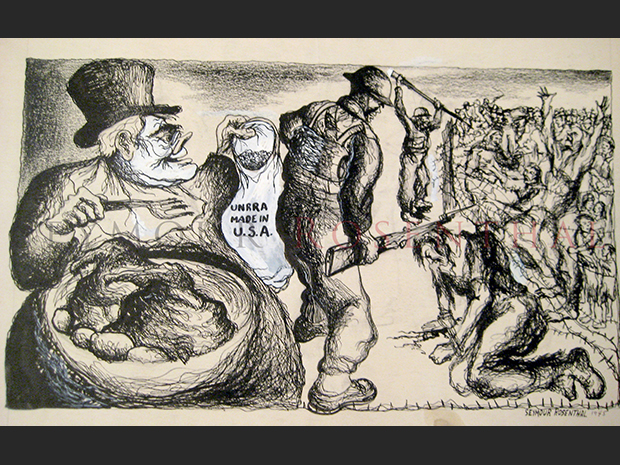
1945 - 8 x 14
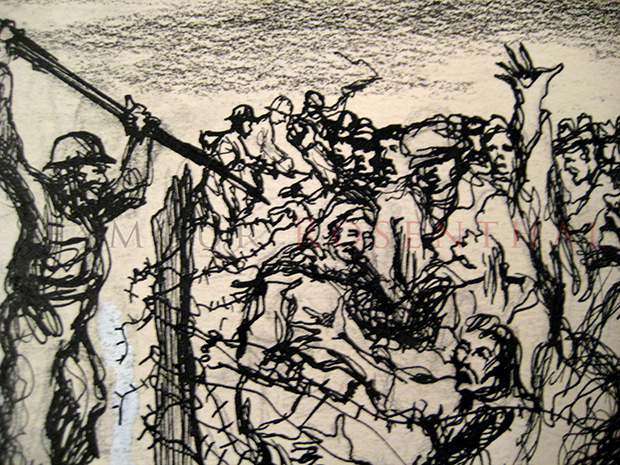
1945 - 8 x 14
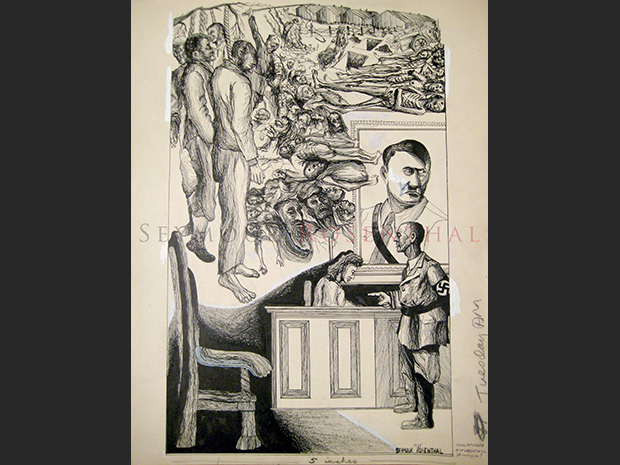
1945 - 10 x 16 1/2
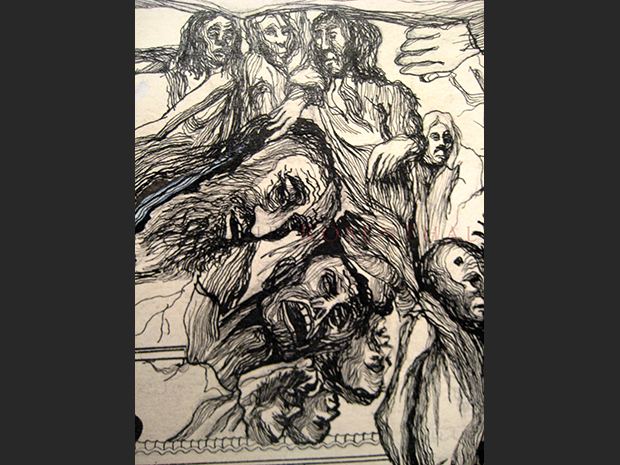
1945 - 10 x 16 1/2
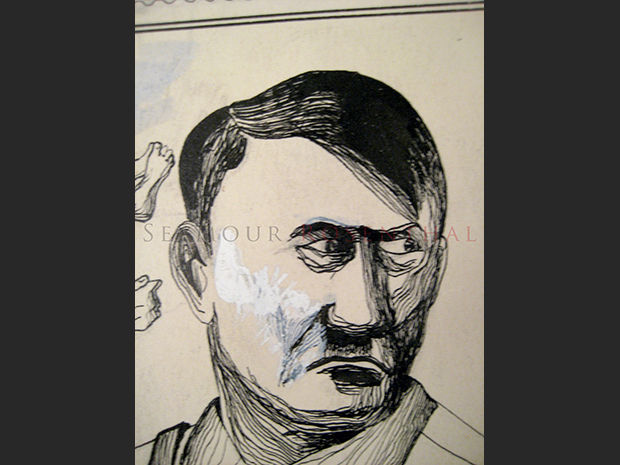
1945 - 10 x 16 1/2
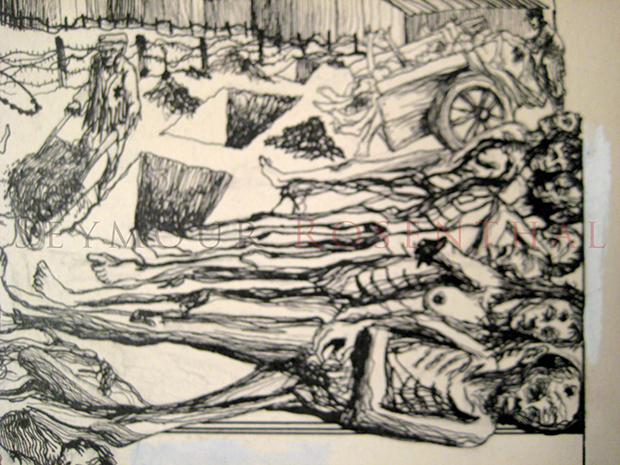
1945 - 10 x 16 1/2
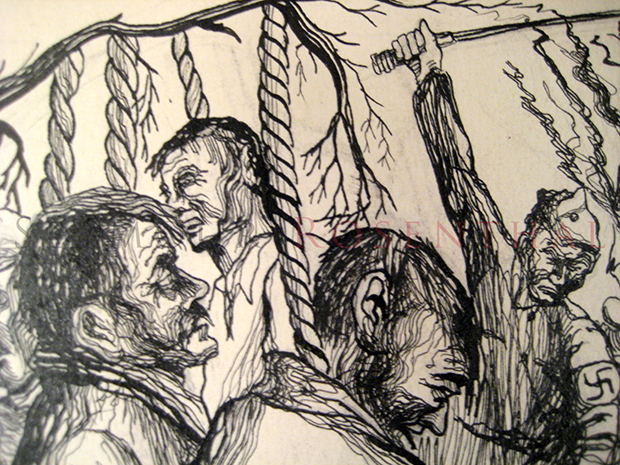
1945 - 10 x 16 1/2
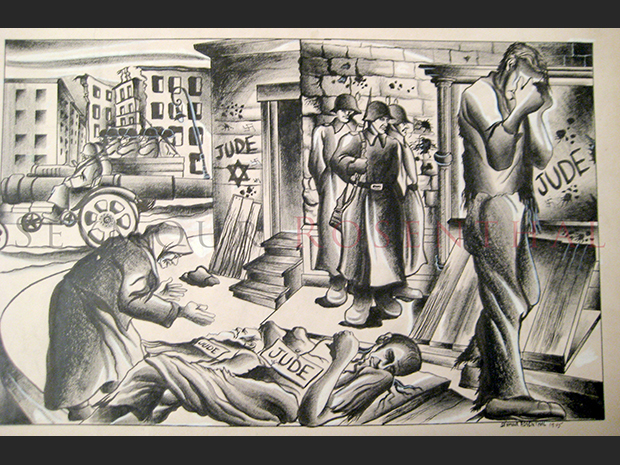
1945 - 9 1/2 x 15
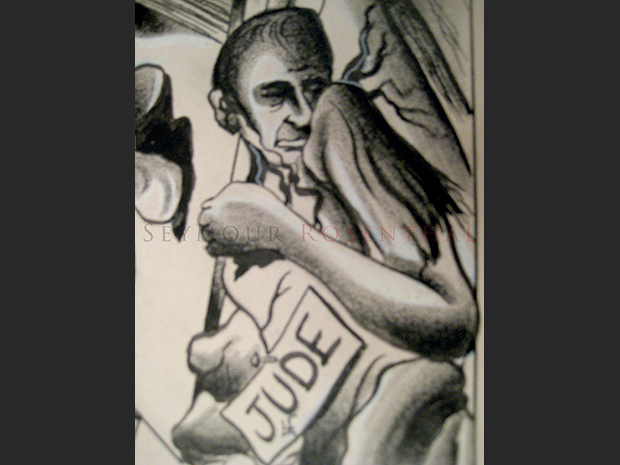
1945 - 9 1/2 x 15
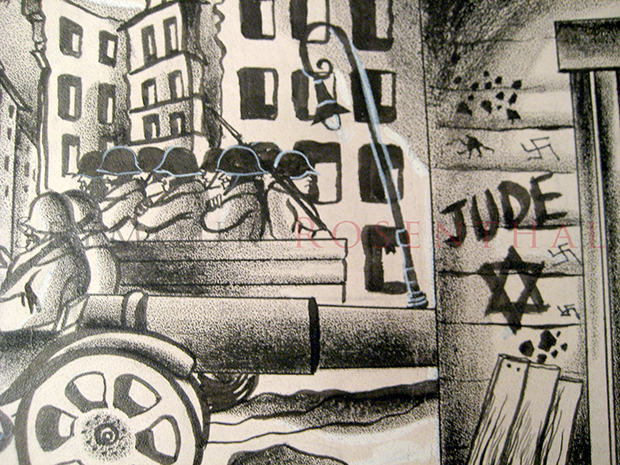
1945 - 9 1/2 x 15
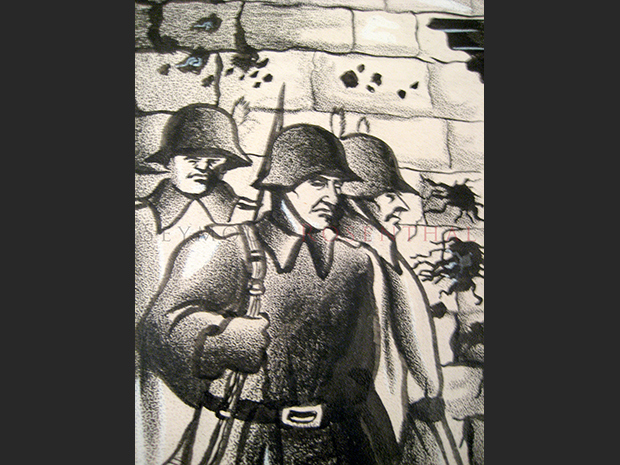
1945 - 9 1/2 x 15
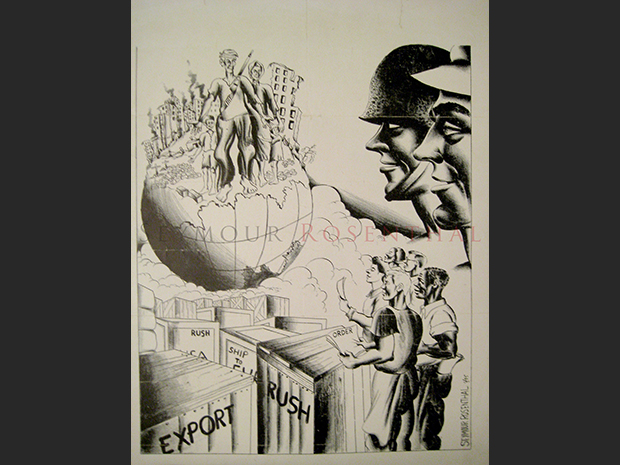
Sep/1945 - 12 1/4 x 10
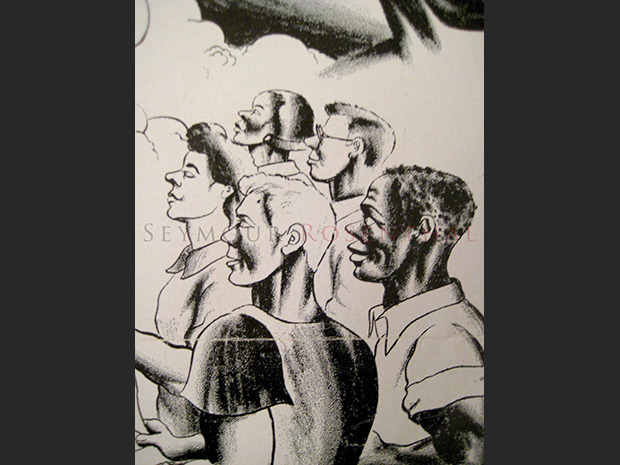
Sep/1945 - 12 1/4 x 10

Sep/1945 - 12 1/4 x 10
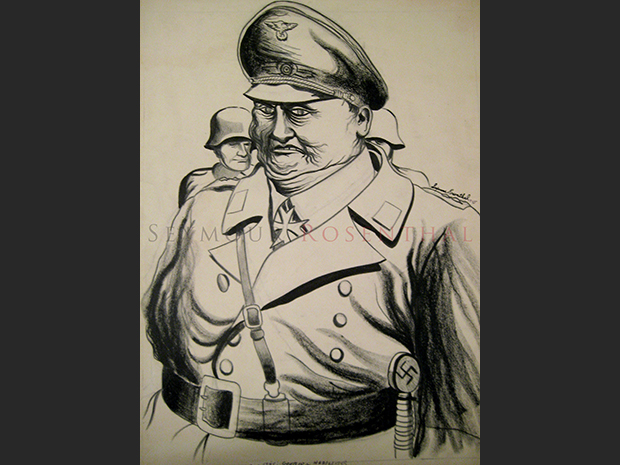
1945 - 16 1/2 x 12
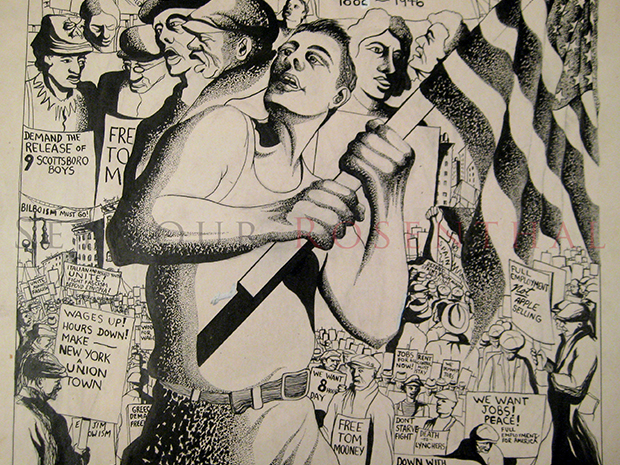
1946 - 12 x 13 1/2
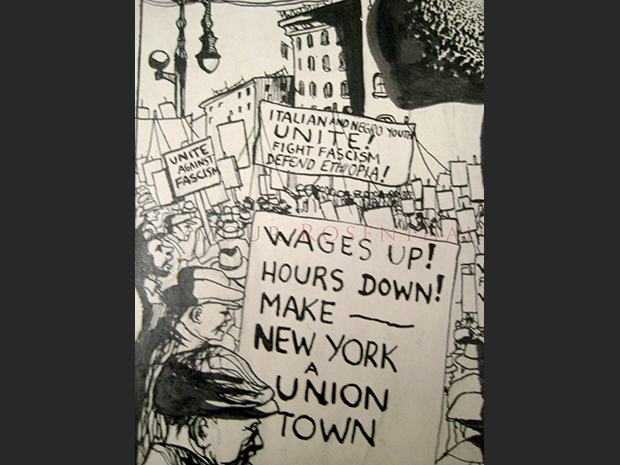
1946 - 12 x 13 1/2
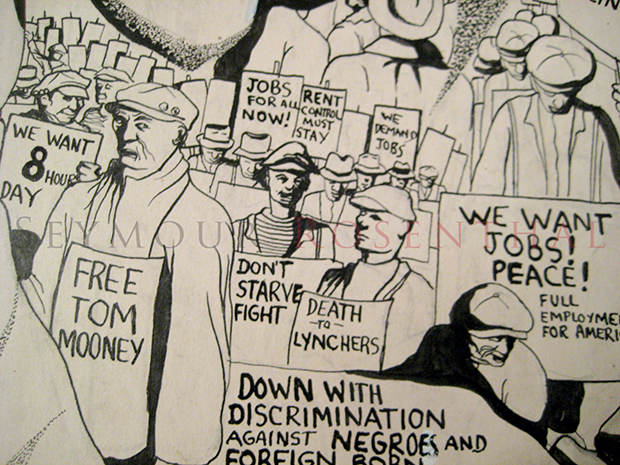
1946 - 12 x 13 1/2
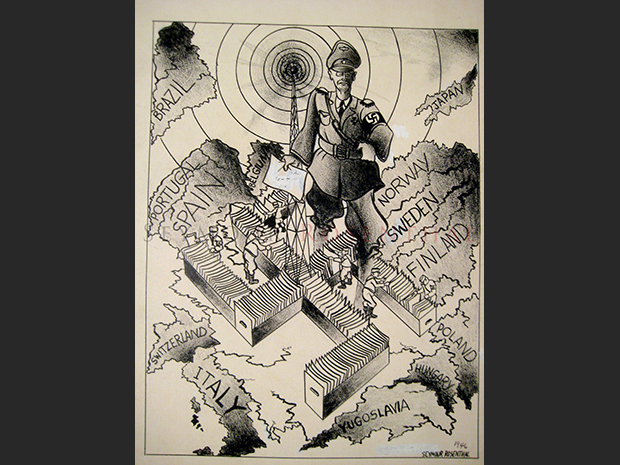
1946 - 10 1/2 x 8 1/4
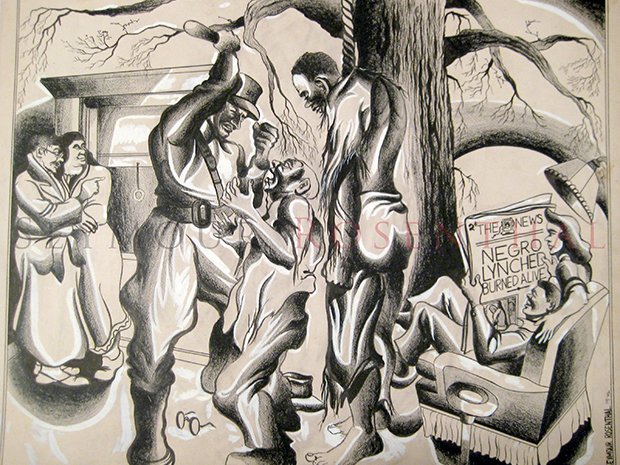
1946 - 12 x 15 1/4
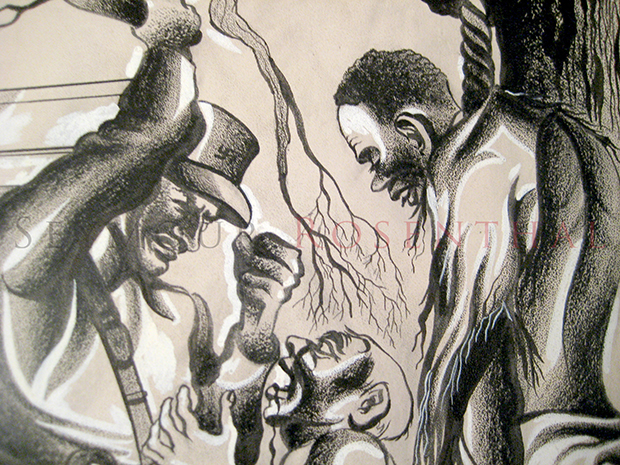
1946 - 12 x 15 1/4
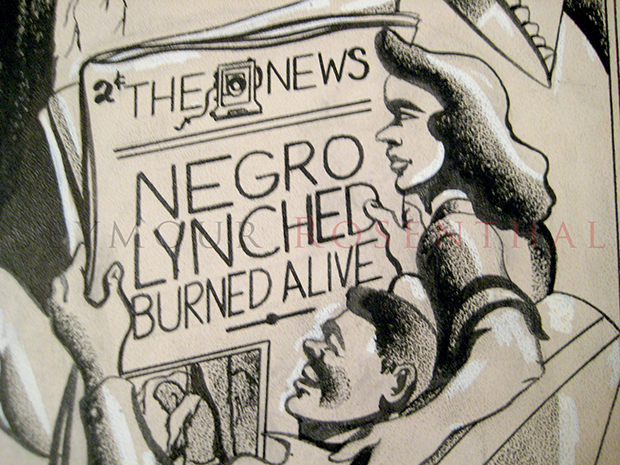
1946 - 12 x 15 1/4
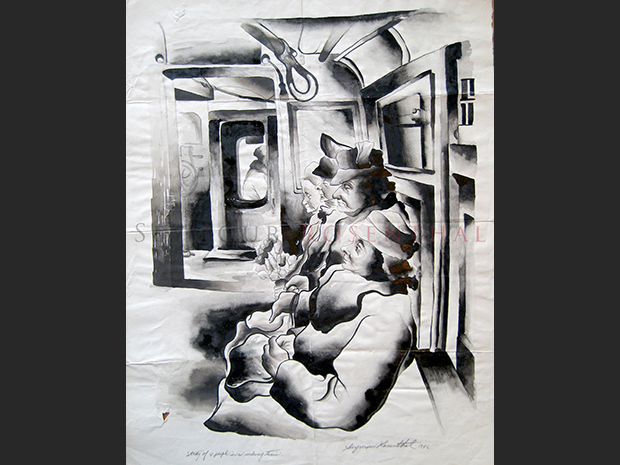
1946 - 22 1/2 x 17 1/2
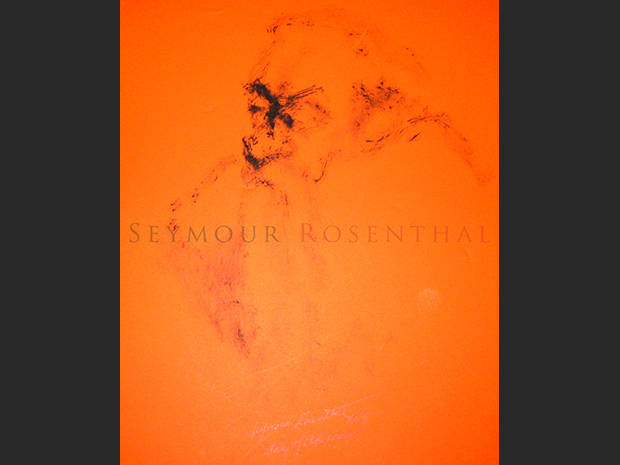
1947 - 20 1/4 x 16
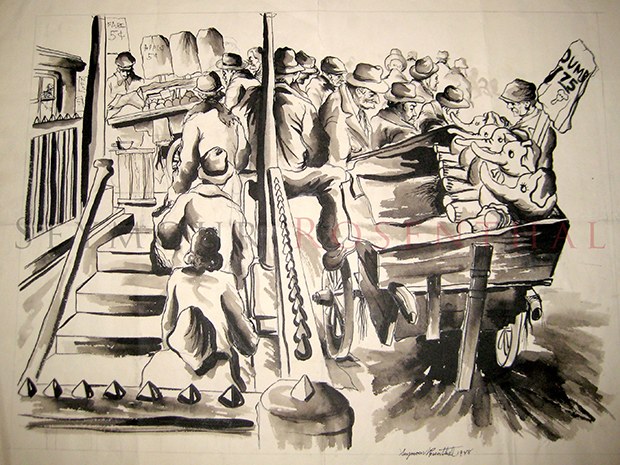
1948 - 14 1/4 x 19
Drafted into the second World War, Seymour developed an entirely different approach and motivation for his art. Although serving stateside, he made sure to bring the front lines of the war to the people of New York through his provocative, blunt, cynical, and at times morbidly disturbing imagery. Within this segment of Seymour’s catalogue, his passion for showing the suffrage and hardships brought onto those who were unfairly born of the wrong ethnicity or race is clear. Both his political commentary and love of the enduring human spirit are evident.
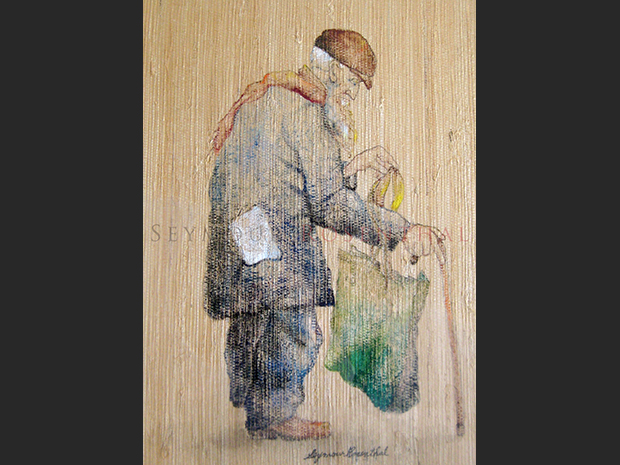
1950's - 14 3/8 x 10 1/2
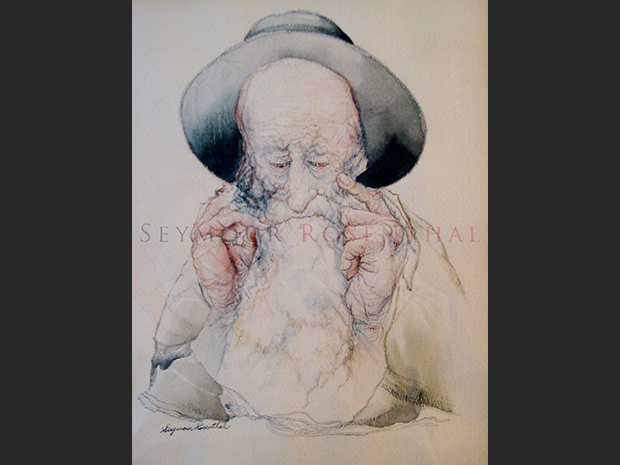
1950's - 12 1/2 x 10
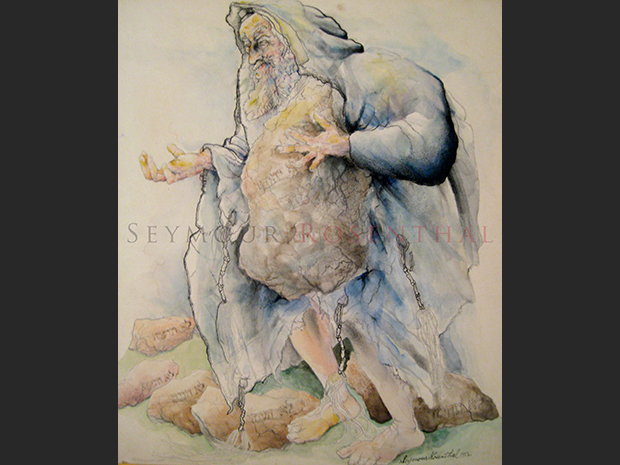
1952 - 15 x 13 1/2
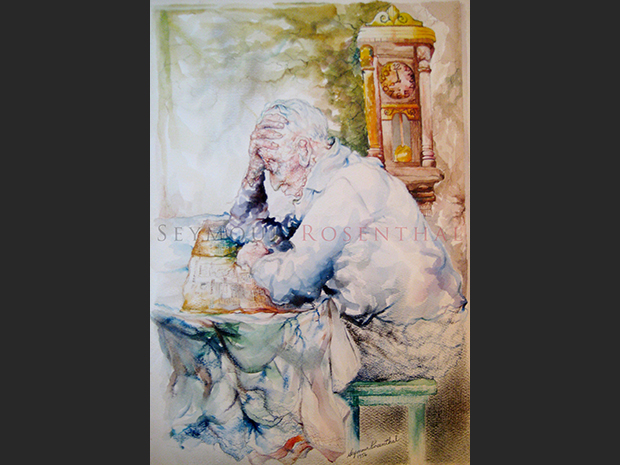
1956 - 19 1/2 x 13 1/2
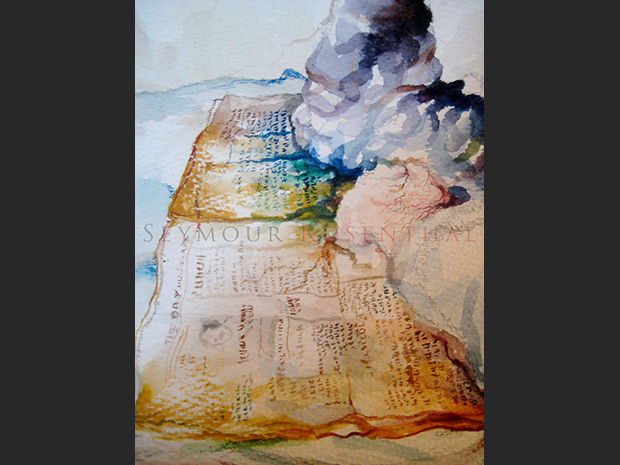
1956 - 19 1/2 x 13 1/2

1956 - 19 1/2 x 13 1/2
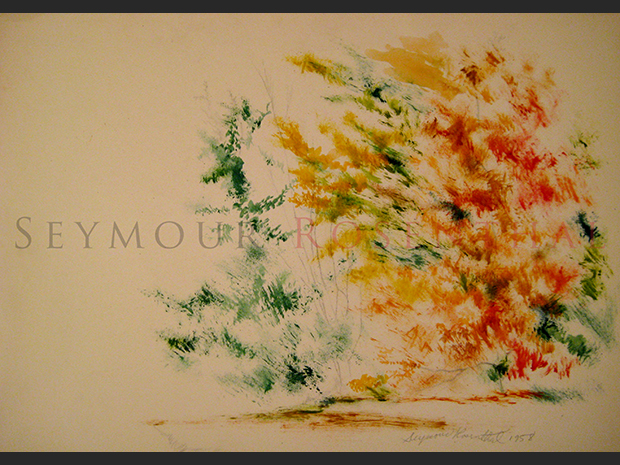
1958 - 18 x 23 3/4
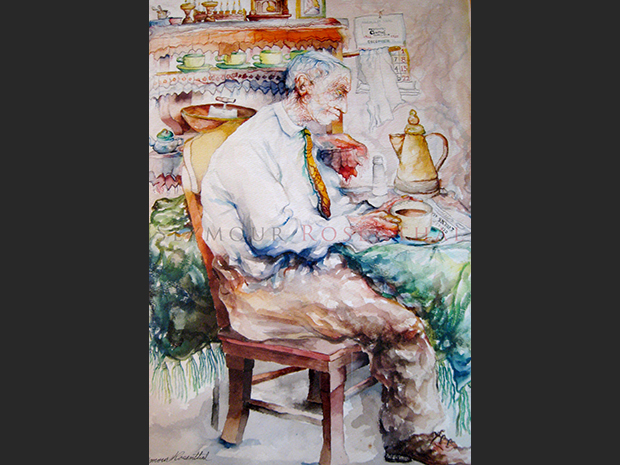
1959 - 19 x 13 1/4
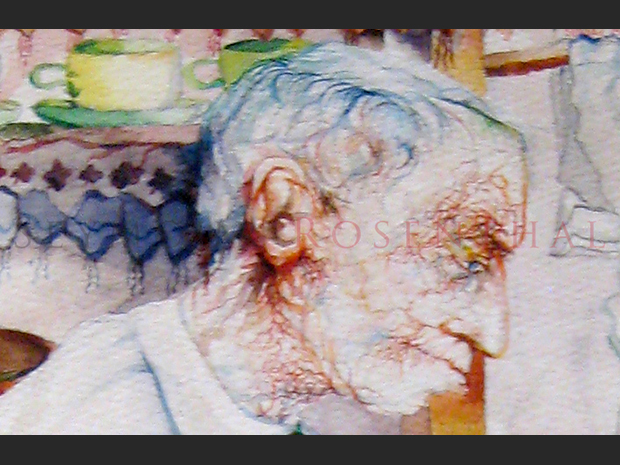
1959 - 19 x 13 1/4
After the war, Seymour became a lithographer, where he would eventually marry the love of his life Frances, and go on to have two children. Needing a new place to live and raise a family, they relocated to a neighborhood in Flushing, Queens. It was at this point where Seymour began to develop a close relationship and deep passion for the American labor movement, specifically with the International Brotherhood of Electrical Workers (IBEW Local 3). He and his family would soon become one of the first cooperators in the newly built Electchester Housing Complex, where he remained active in that community for the rest of his life. Several of his artworks from this time period focus on the everyday working individual, trying to make an honest living to support their family (much like Seymour at this time).
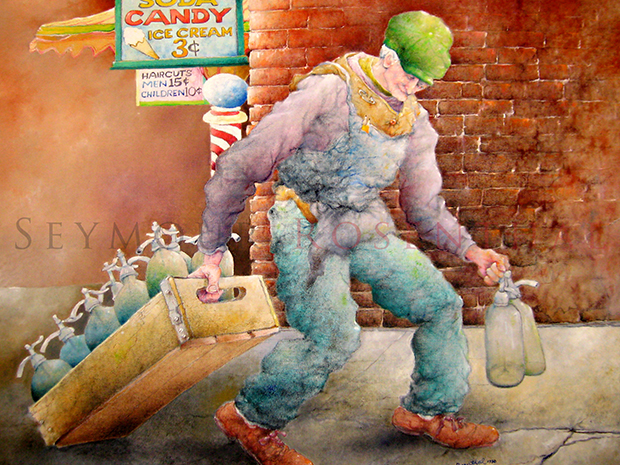
1990 - 23 1/2 x 29 1/4
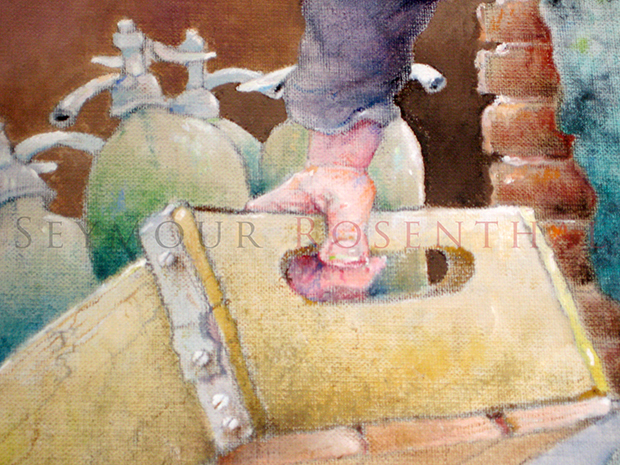
1990 - 23 1/2 x 29 1/4
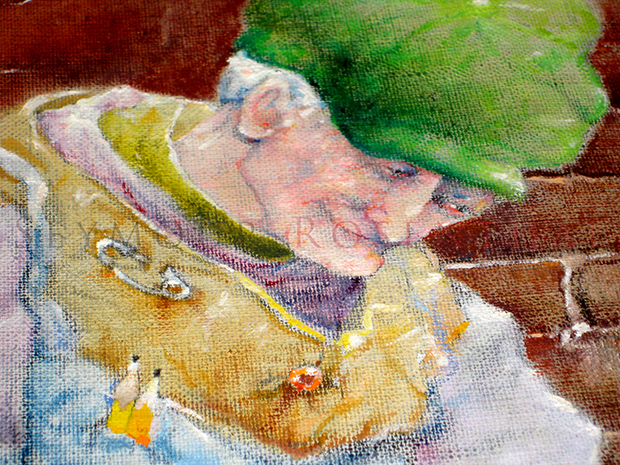
1990 - 23 1/2 x 29 1/4
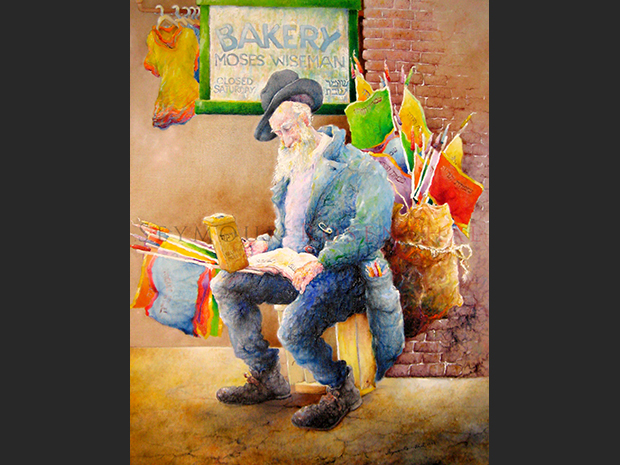
1990 - 29 1/2 x 23 1/2
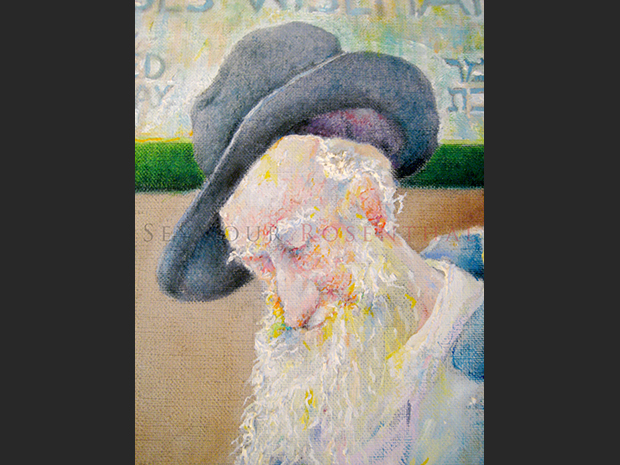
1990 - 29 1/2 x 23 1/2
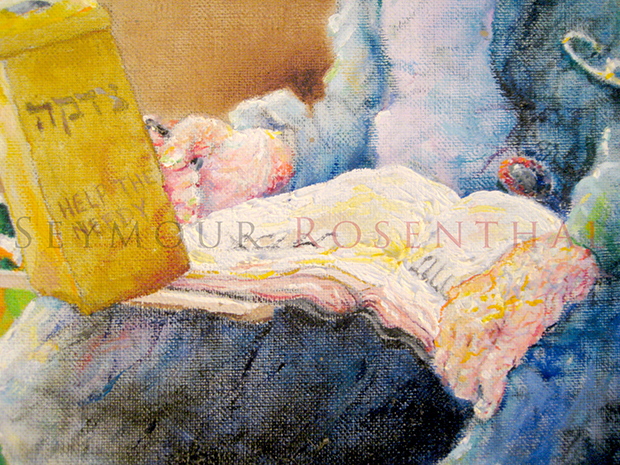
1990 - 29 1/2 x 23 1/2
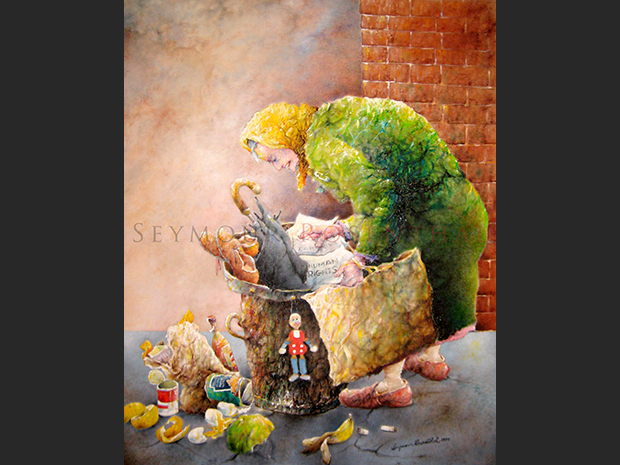
1990 - 29 1/2 x 23 1/2
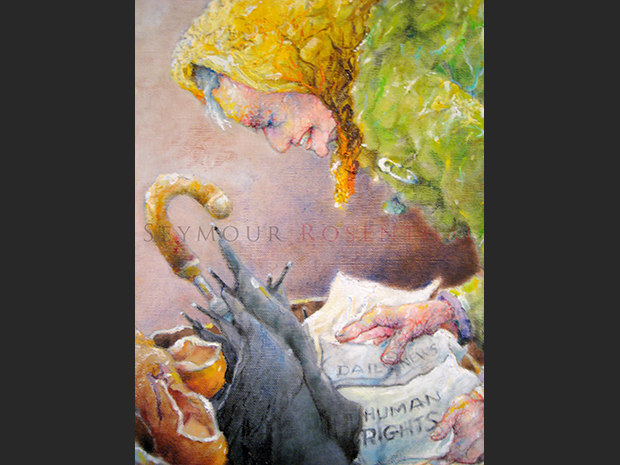
1990 - 29 1/2 x 23 1/2
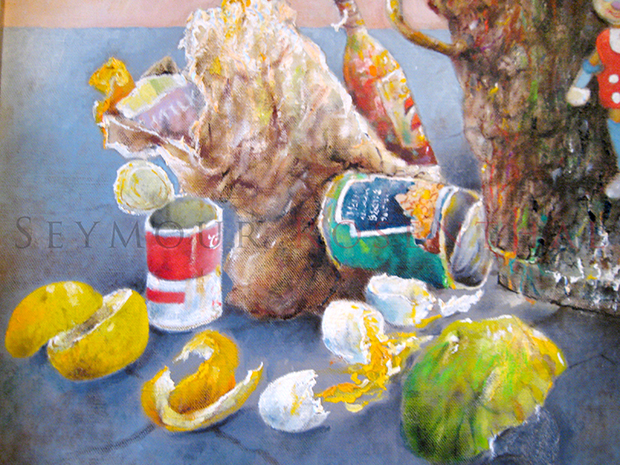
1990 - 29 1/2 x 23 1/2
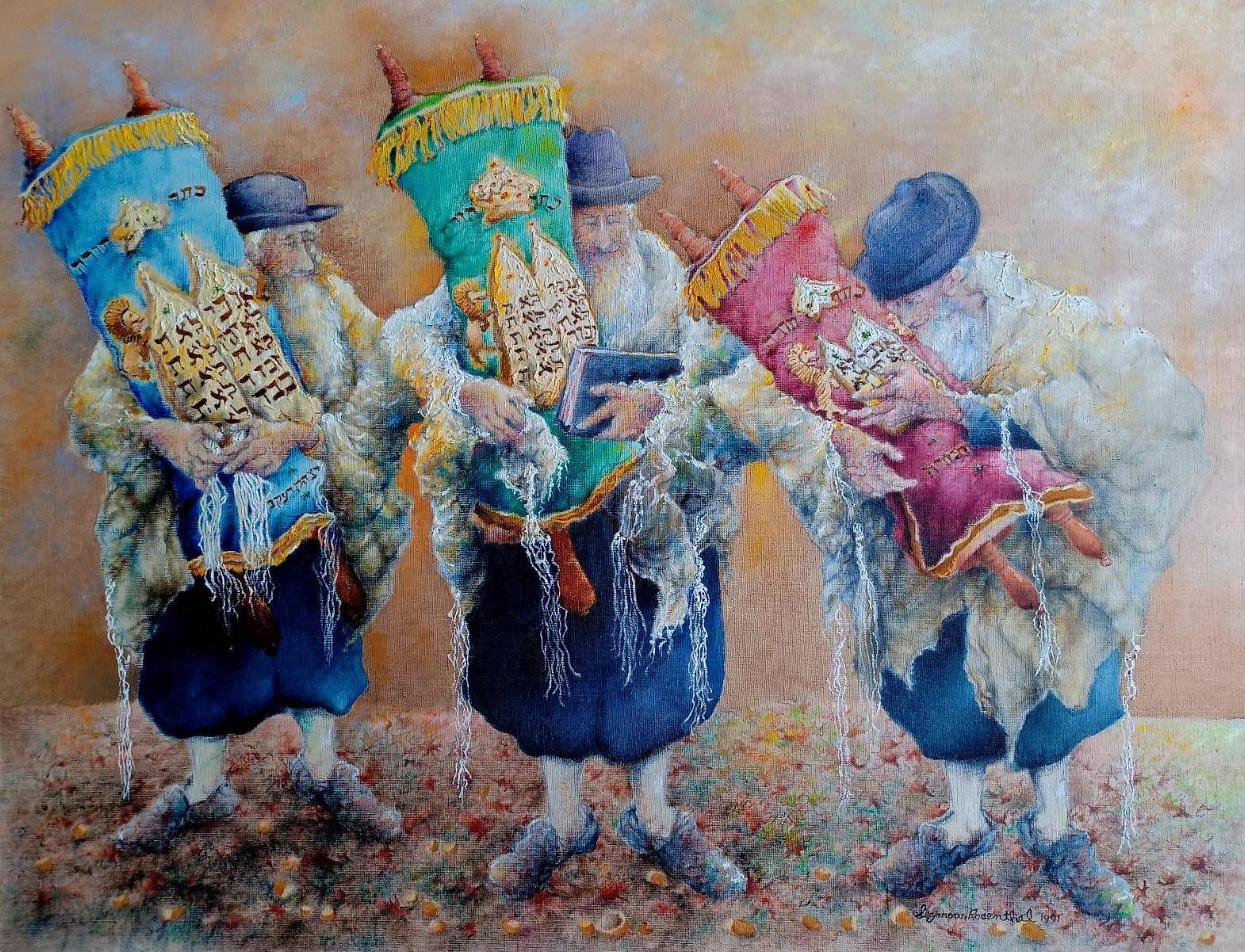
1991 - 24 x 30
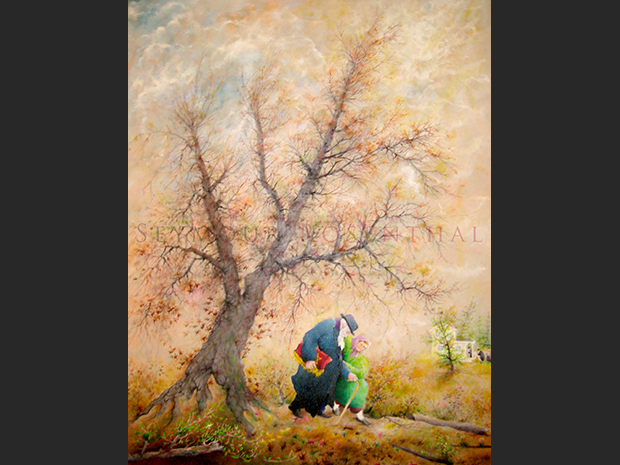
1993 - 29 3/4 x 23 1/2
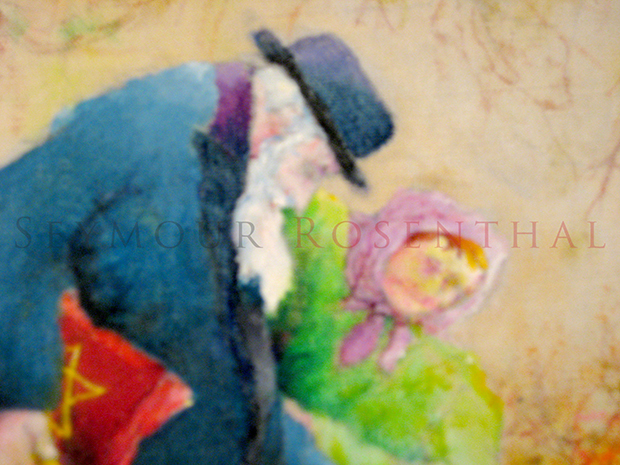
1993 - 29 3/4 x 23 1/2

1993 - 29 3/4 x 23 1/2
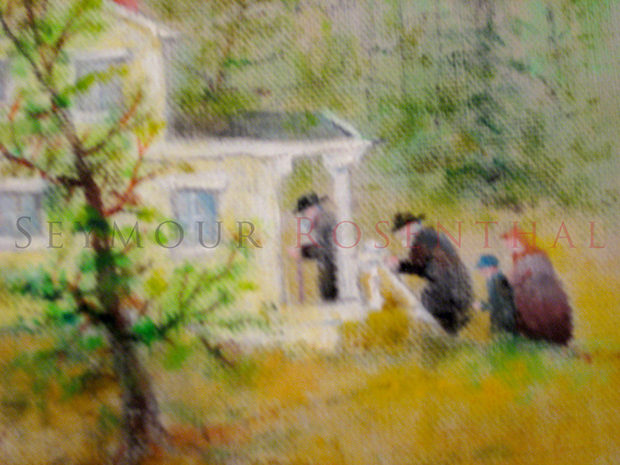
1993 - 29 3/4 x 23 1/2
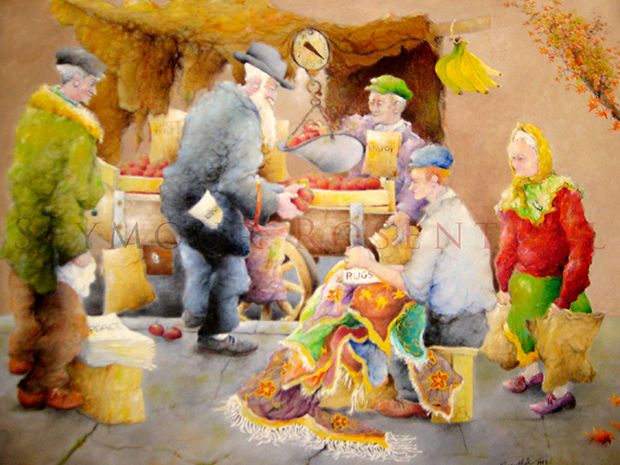
1993 - 23 1/2 x 29 1/2
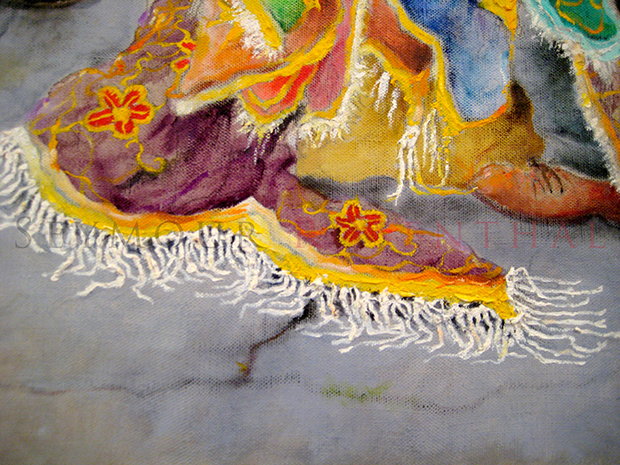
1993 - 23 1/2 x 29 1/2
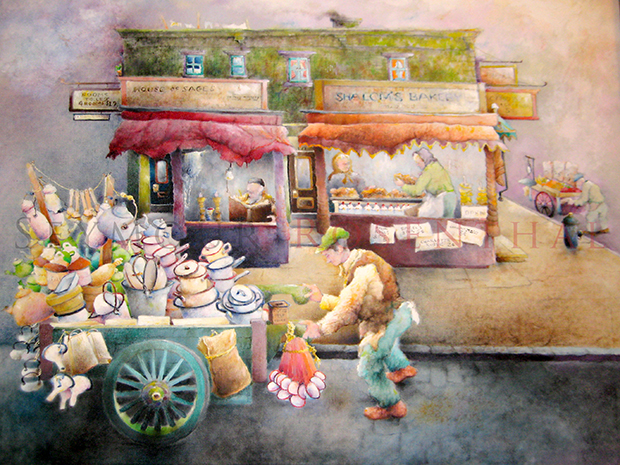
1996 - 23 1/4 x 29 1/2
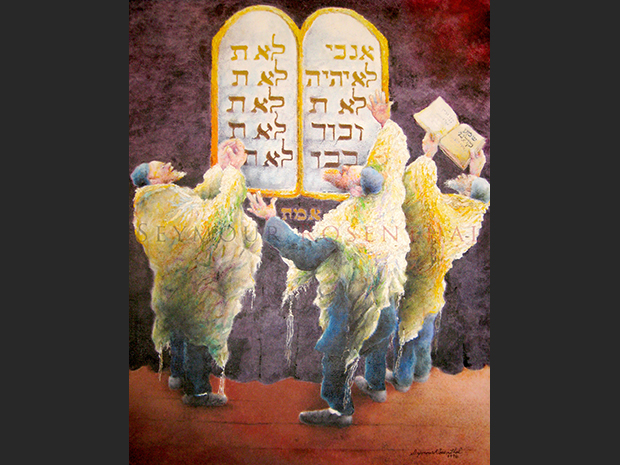
1996 - 29 3/4 x 23 3/4
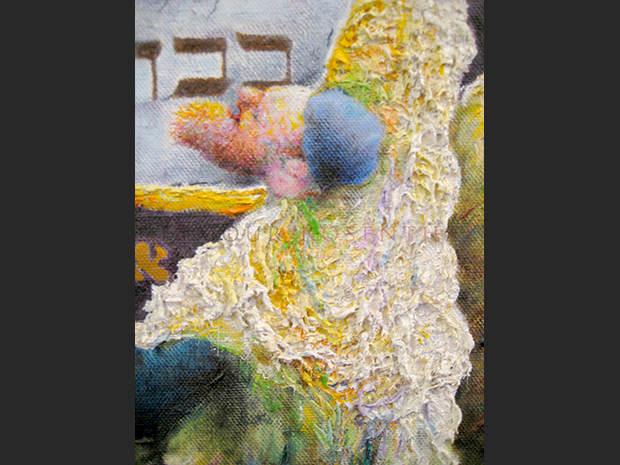
1996 - 29 3/4 x 23 3/4
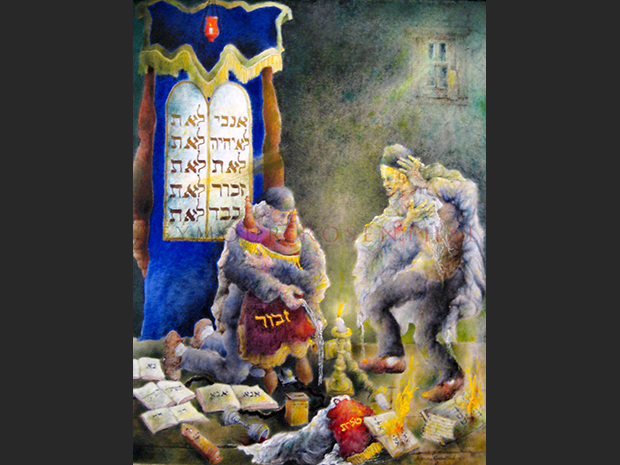
1997 - 29 3/4 x 23 3/4
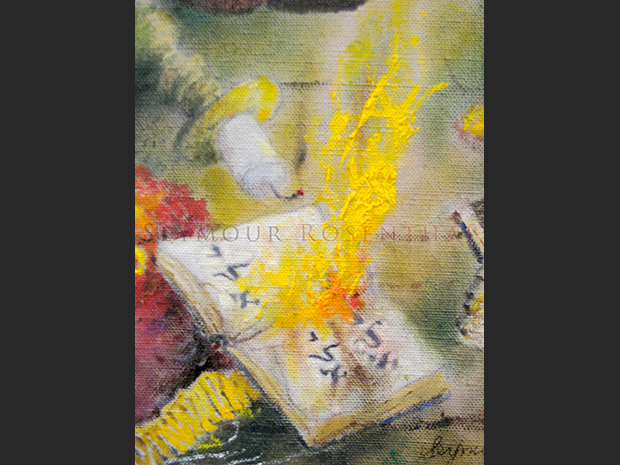
1997 - 29 3/4 x 23 3/4
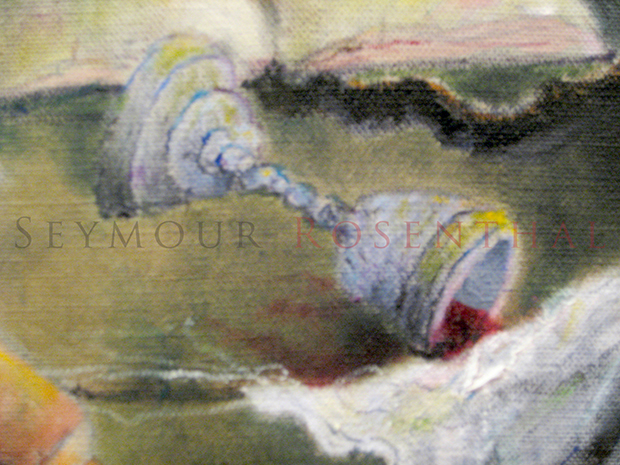
1997 - 29 3/4 x 23 3/4
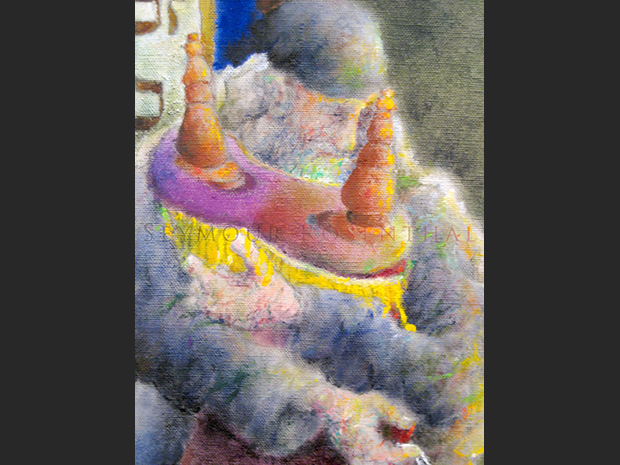
1997 - 29 3/4 x 23 3/4
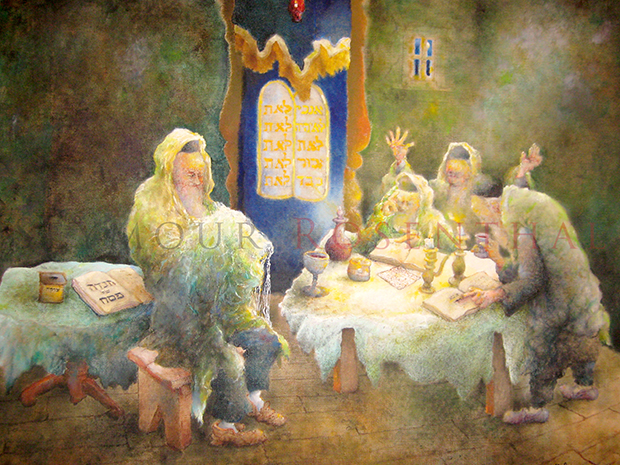
1997 - 23 1/2 x 29 1/2
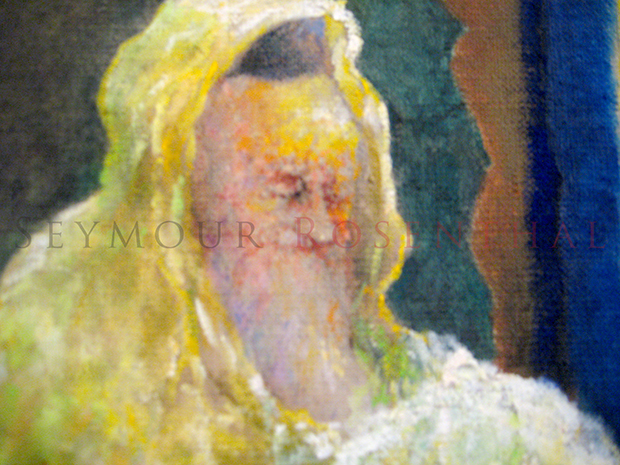
1997 - 23 1/2 x 29 1/2
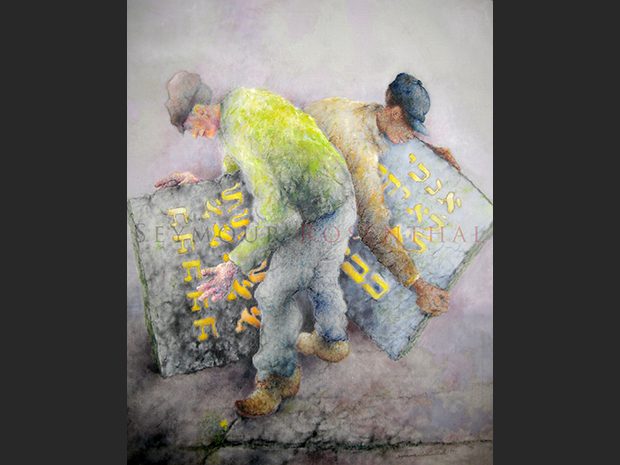
1999 - 29 1/2 x 23 1/2

1958 - 29 1/4 x 19 1/4
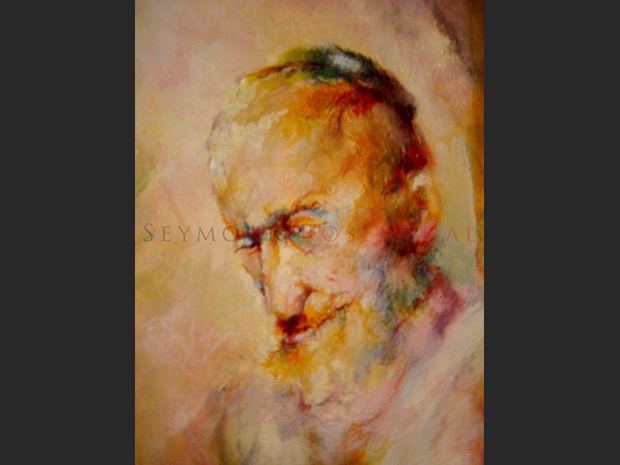
1958 - 29 1/4 x 19 1/4
As Seymour became older, he grew closer and more attached to the religious traditions and memories that he was surrounded with during his youth. It is here where we can see the influence of Seymour’s grandparents and family gatherings within his works. Many of the subjects in his paintings can be seen with blood shot eyes, worn skin, and tired looks; as though they were contemplating the past events of their lives. Yet despite their hardened experiences, one can still see happiness, optimism, and pride while gathering with family for the holidays, or simply enjoying the gift of being alive.
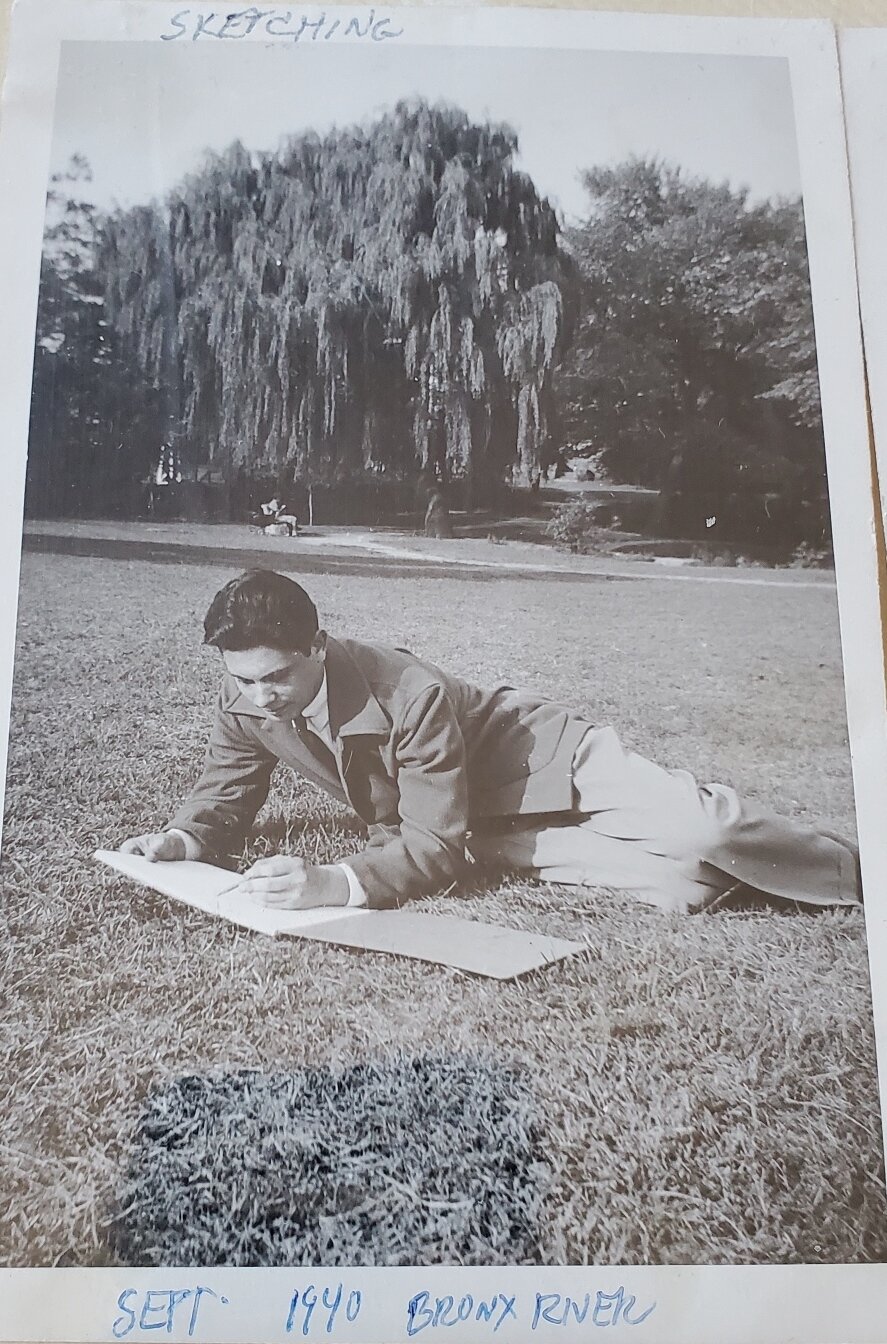
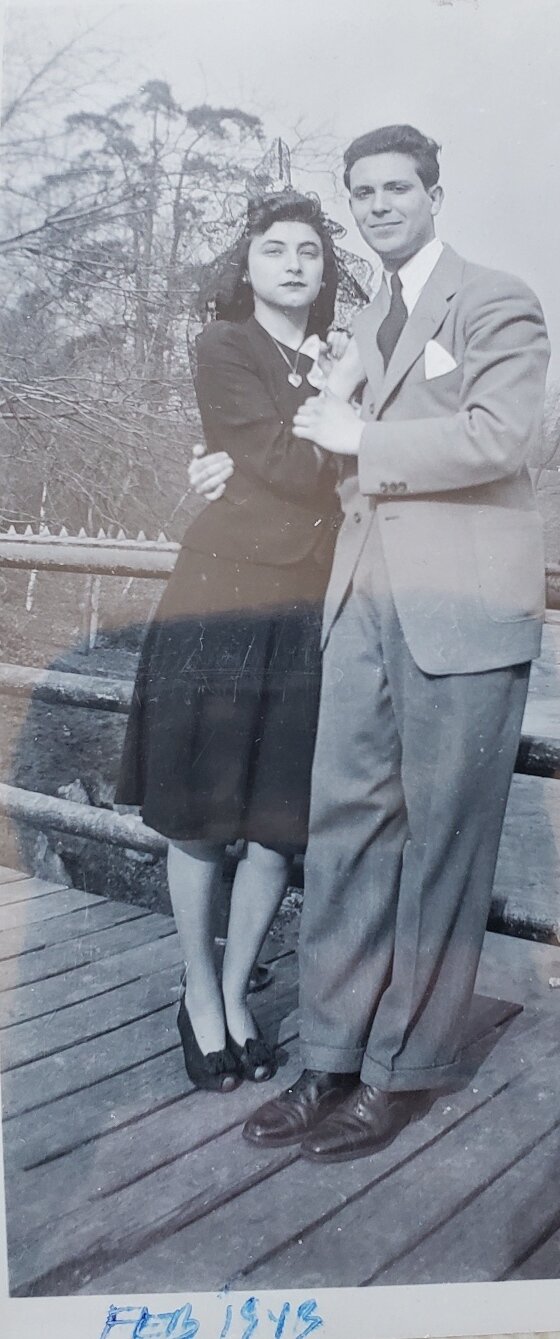


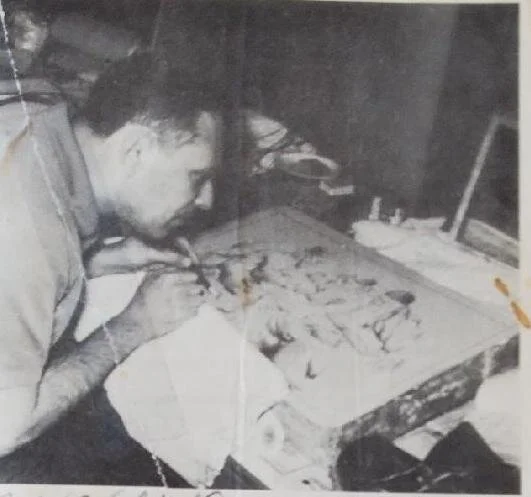
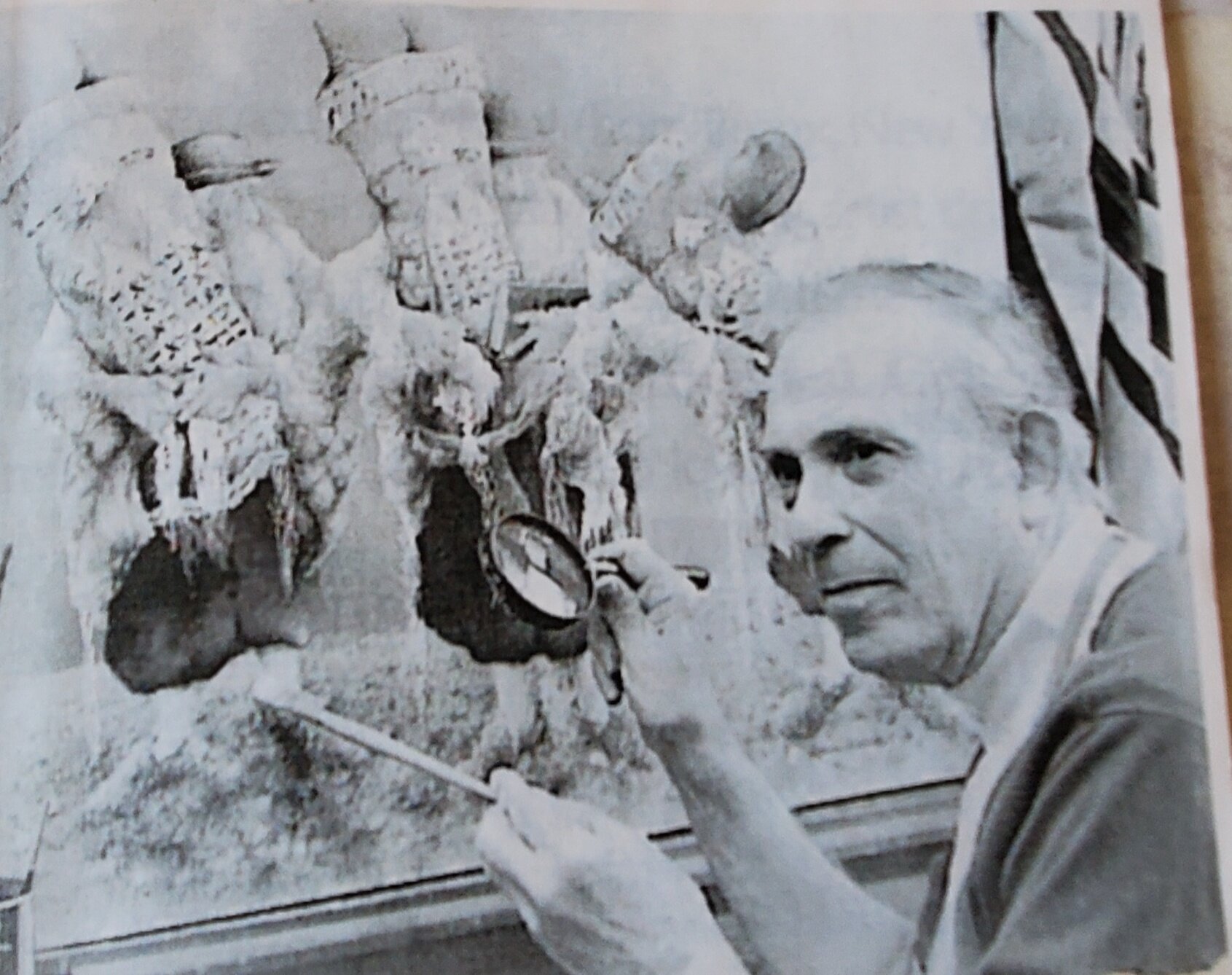
Although Seymour passed on December 13th, 2007 his works live on in various museums, galleries, and synagogues throughout the world, including the “N.Y. Metropolitan Museum of Art” and the “Technion Museum” in Haifa Israel. He is survived by a daughter and son, and four grandchildren. His beloved wife Frances passed away in April of 2021; a few months shy of her 100th birthday.
